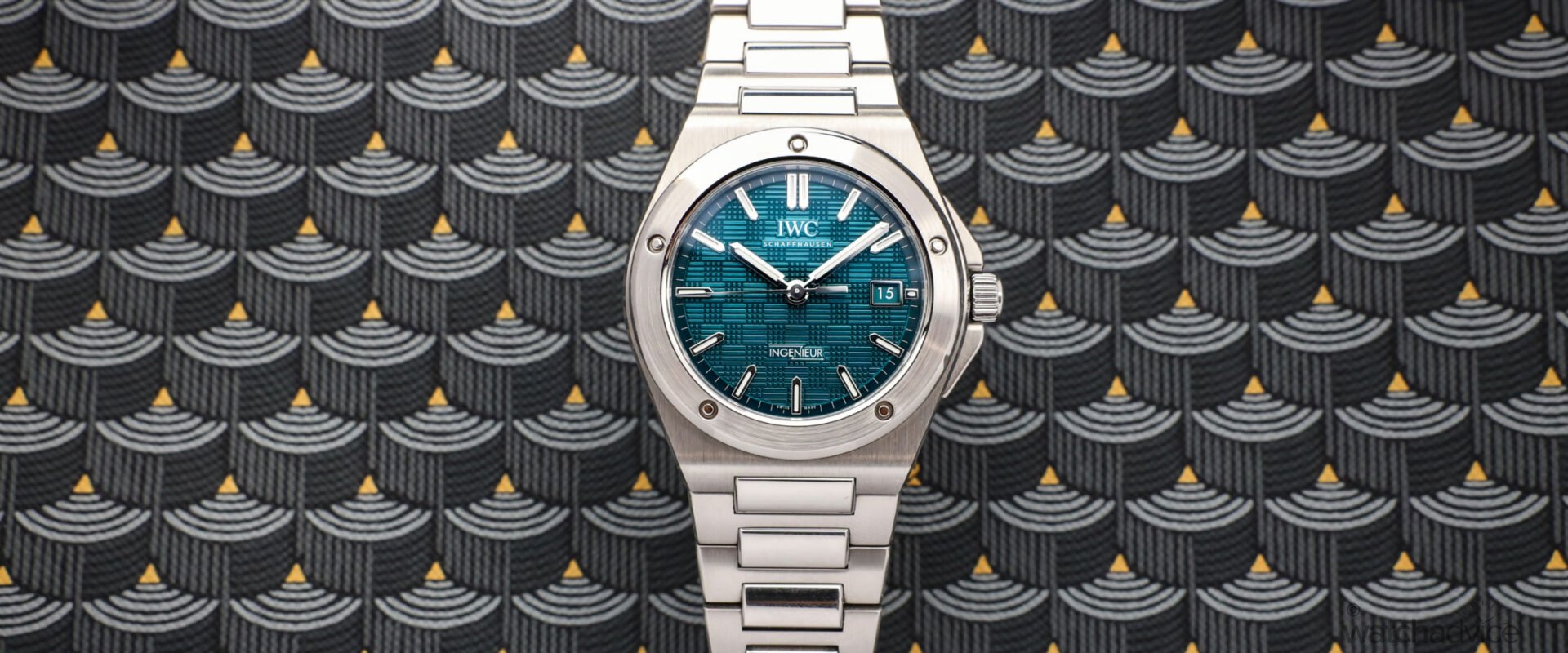The IWC Ingenieur is, in my opinion, one of Gerald Genta’s most underrated designs. But does it hold up compared to some of his most iconic pieces? Let’s find out!
What We Love:
- Breathtaking design
- Moulds perfectly onto my wrist
- Genta heritage, but feels unique
What We Don’t:
- A micro-adjust butterfly clasp would be nice
- Would love a display back
- Would be nice to have a COSC movement
Final Score: 8.75/10
- Value for Money: 8/10
- Wearability: 9/10
- Design: 10/10
- Build Quality: 8/10
IWC is a watch brand that for me personally, I hadn’t really done a deep dive into before. I feel that it is a brand that if you know, you know, and once you get into the brand, many people are hooked. But when I joined Watch Advice, I began to delve deeper into the industry and watchmaking itself. To my surprise (and nobody else’s), I discovered that IWC had contributed much more to horology than I had ever cared to know before. This and the fact that the guys visited the Manufacture in Schaffhausen in April, and regaled me of their adventures there!
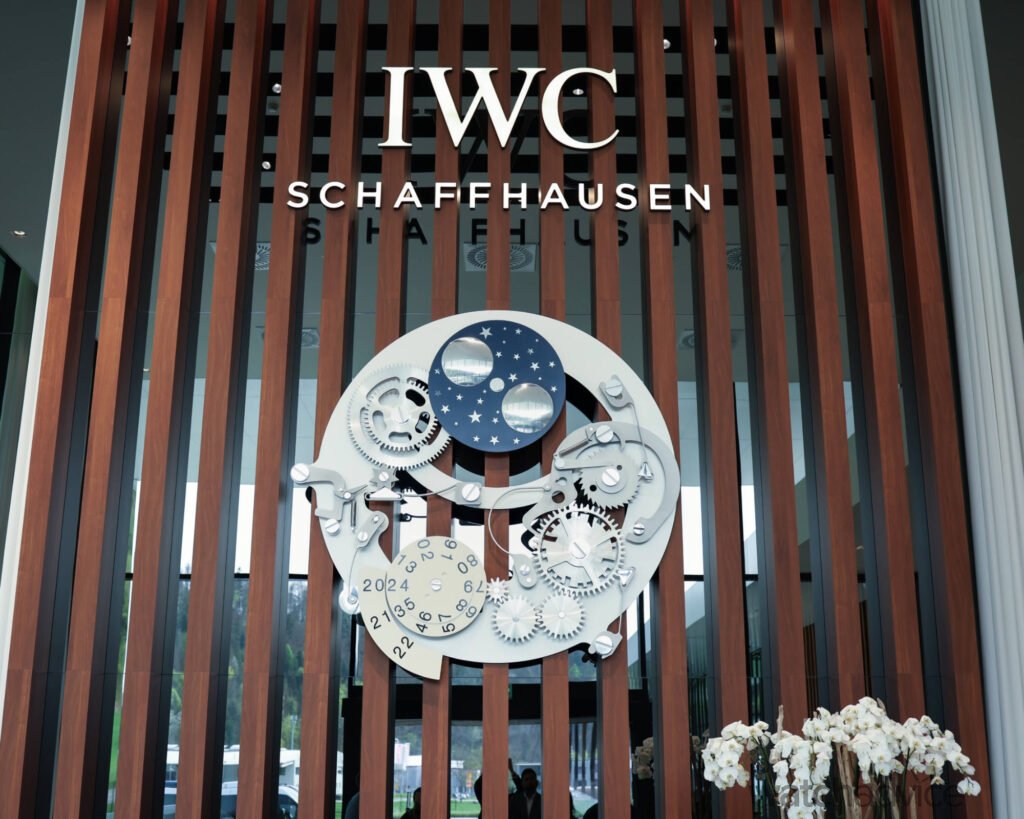
Founded in 1868 by Bostonian watchmaker Florentine Ariosto Jones, the International Watch Company found its roots during Jones’ time in Schaffhausen, Switzerland. From there, they would combine American manufacturing with Swiss craftsmanship to produce high-quality timepieces for the American market.
RELATED READING: Watch Advice Visits The IWC Manufacture In Schaffhausen
From 1880 onwards, the company would undergo several changes of hands. However, the high manufacturing standards and quality of craftsmanship would remain, with IWC being at the forefront of horological excellence and innovation, even debuting one of the first-ever mechanical digital watches with the Pallweber system.
It’s perhaps due to their innovative spirit that they began to attract some of watchmaking’s greatest icons. Albert Pellaton, for instance, would join IWC after World War II, becoming their Technical Director. He would go on to invent the Pellaton winding system in 1950, an innovation that massively increased the effectiveness of automatic winding and remains a staple of all IWC movements today. Eventually, another legend of watchmaking would come knocking at their door: Gerald Genta, the legendary watch designer.
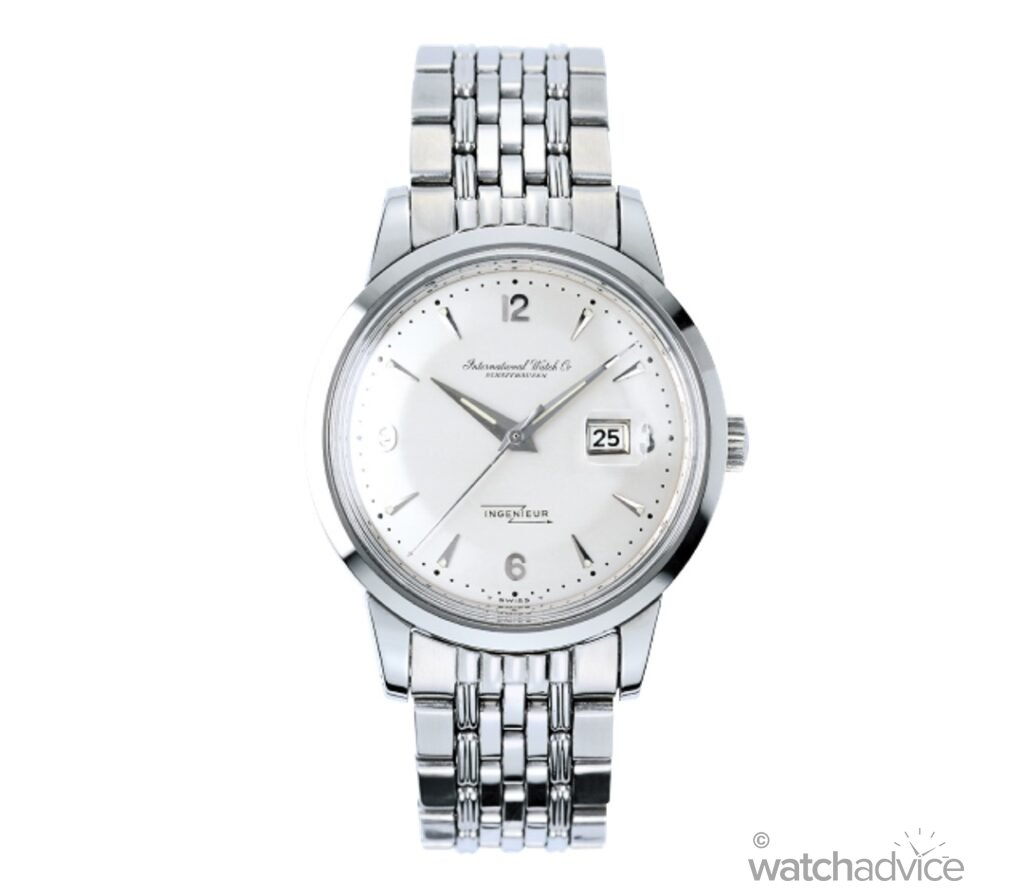
Having already designed the Universal Geneve Polerouter, Patek Philippe Nautilus and Audemars Piguet Royal Oak, Genta’s reputation was already red-hot by the time he darkened IWC’s doorstep in 1976. Naturally, the brand would welcome him with open arms, and he would get to work on redesigning the IWC Ingenieur.
The concept for the original Ingenieur as it was in 1955 (French for ‘engineer’) was simple: a robust, functional, and protected design, meant for those wearing a watch in the presence of high levels of magnetism. This included doctors, technicians, pilots, chemists, physicians, and – no points for guessing this one – engineers. By the time Genta was done with it, however, it was barely recognisable. Gone were all the conventional and basic design elements, replaced by an integrated bracelet, sporty steel case, chequered dial and exposed screws.
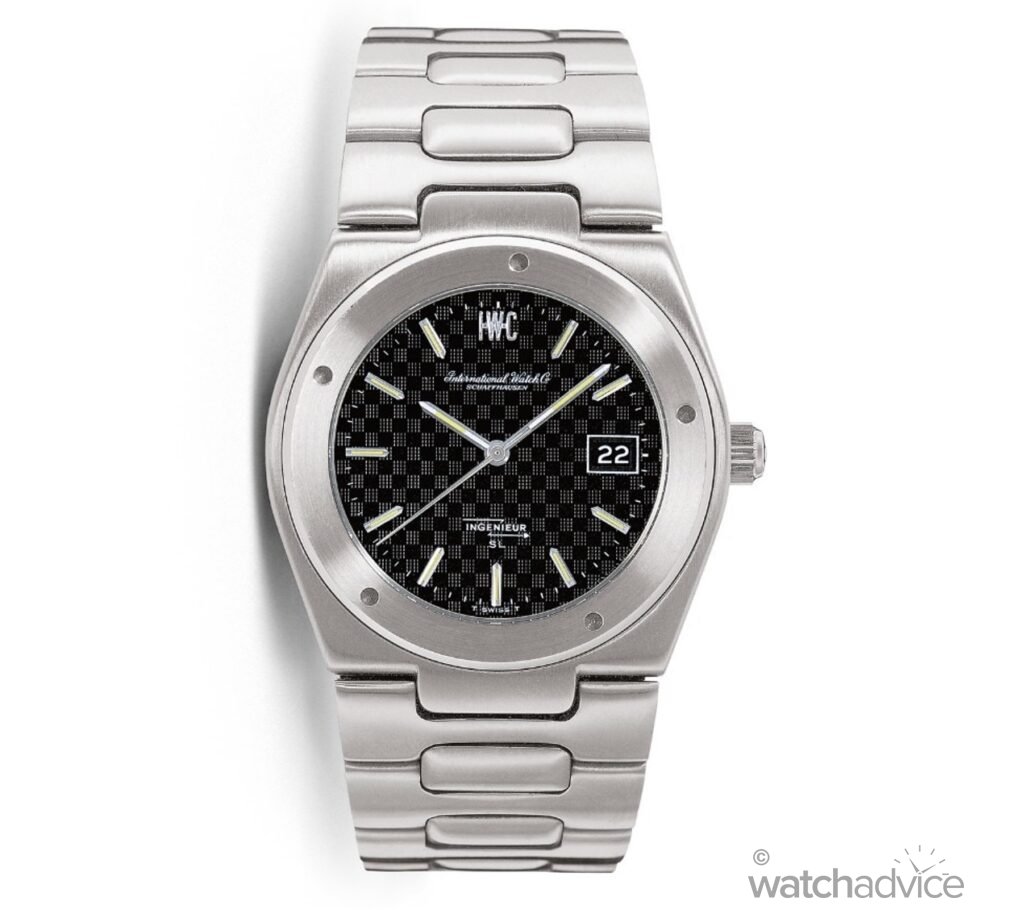
IWC maintains that the redesign of the Ingenieur is one of their greatest design innovations to date. Genta’s radical remastering of this practical timepiece not only led it to become an icon among its peers but also defined the aesthetic of the Ingenieur for the following 47 years – and perhaps the foreseeable future.
First Impressions
To be honest with you, I asked to review the IWC Ingenieur as a joke. Not that I disrespected the brand at all – not in the least, but quite the opposite. I knew that IWC released the new Ingenieur models at Watches & Wonders 2023, and I also knew that the watch world was blowing up positively about it. So at the time that I asked, I believed there was no chance I would get to be up-close with one, and especially not the green (teal) dial version! To quote the exact text conversation I had with Chamath:
Me: Hey Chamath, No chance of getting this one back from IWC?
Chamath: That colour is hard, but I’ll try haha
Me: Haha, ok, well I’ll cross all my fingers and toes
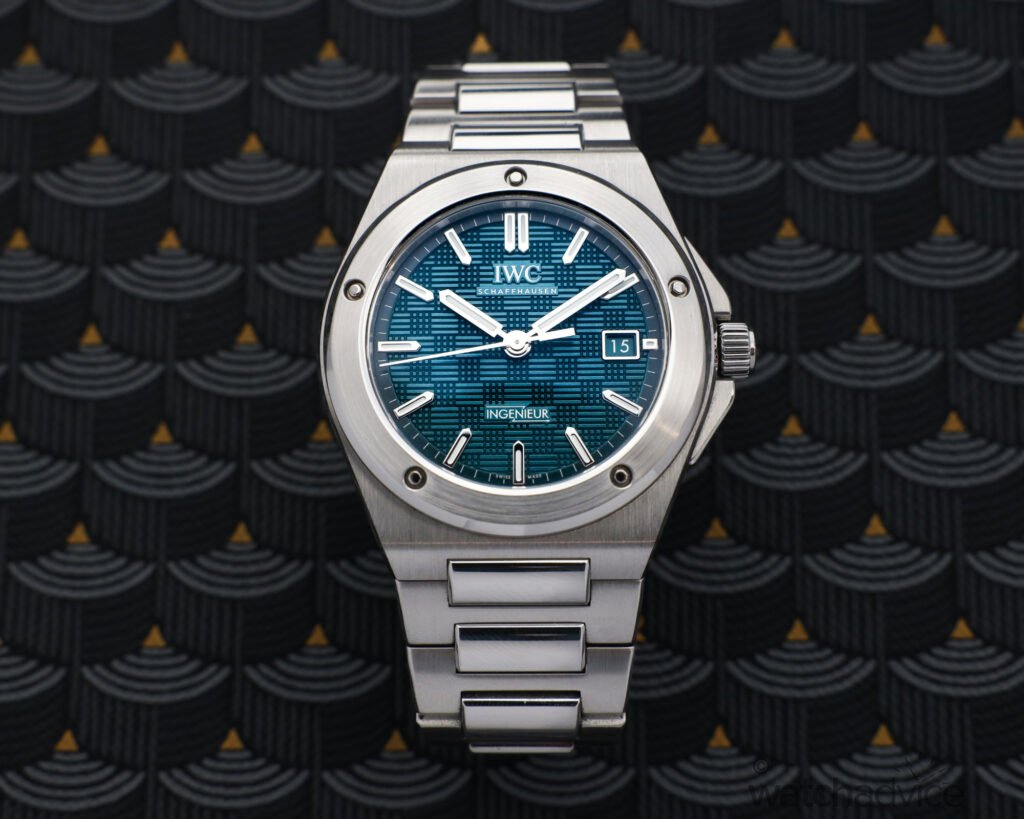
So imagine my surprise when IWC gave us the go-ahead. I was stunned, and when I got to finally lay my eyes and hands on it, it almost felt surreal. I had seen Genta’s designs up close – I’ve encountered enough Nautiluses and Royal Oaks to last a lifetime – but despite coming from the most popular name in watch design, the Ingenieur still held my attention. And for good reason!
It was like meeting your favourite obscure celebrity: Maybe not everyone understood why they were so popular. Maybe their work didn’t do as great as all the others. But to you, they’re your hero – and that’s enough to feel starstruck. For a wristwatch to evoke that sense of emotion in me is almost silly, but it’s also what the industry is all about.
In the end, to end up having two Ingenieurs in my company for so long gave me a new level of respect for IWC, and regardless of my thoughts on the Ingenieur I look forward to working with them again.
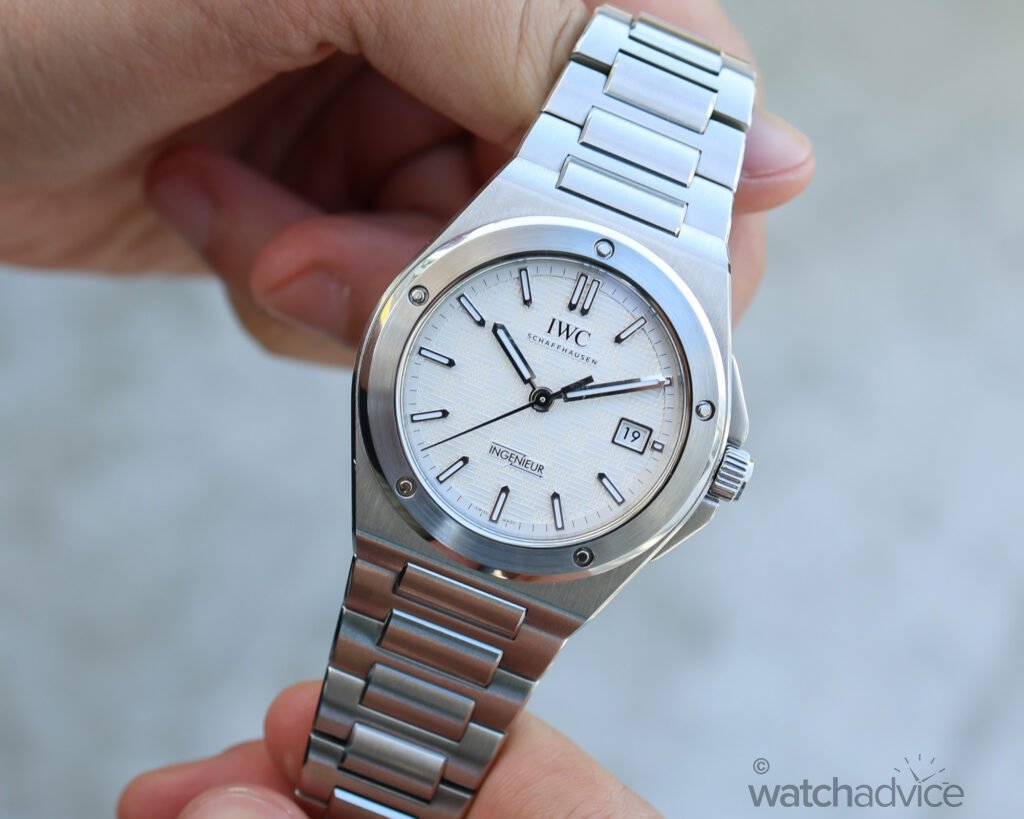
The Design
The IWC Ingenieur, design-wise, completely knocks it out of the park. If I didn’t have to go into detail for the review, I would just say it’s damn gorgeous and leave it at that. Of course, I’m mainly talking about the teal green version, but dial colours are also available in the classic black and white. If you’re seeking something a little different, you can opt for the titanium version with a grey dial, but for the sake of consistency, I’ll focus mainly on the steel offerings.
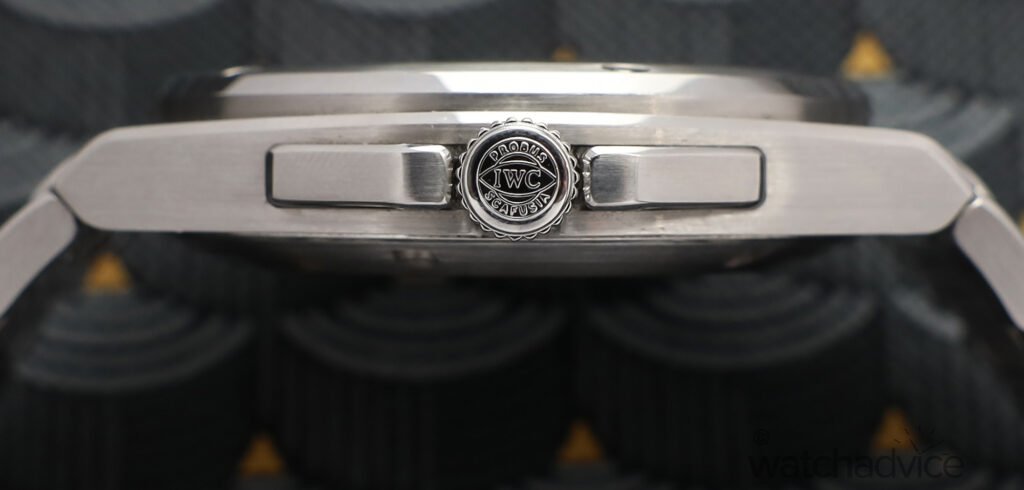
The Ingenieur stands out in the IWC line, mainly due to the fact that it is their only truly integrated sports watch, this and the Genta design! The Ingenieur has a contemporary and sleek silhouette, which has developed its own niche in the Genta design archives. It’s not brutishly geometric like a Royal Oak, yet it’s not as audacious and rebellious like a Nautilus – the Ingenieur speaks its own language and stands on its own two feet.
Starting with the dial, it’s unlike anything I’ve ever seen before. Constructed atop a sunray brushed surface, the dial consists of a grid pattern, alternating a 4×4 stamp followed by a set of four perpendicular lines. The combined effect makes the Ingenieur shimmer in the sun in a way that doesn’t unbalance the rest of the design. It almost reminds me of the iconic chequered pattern on Vans shoes.
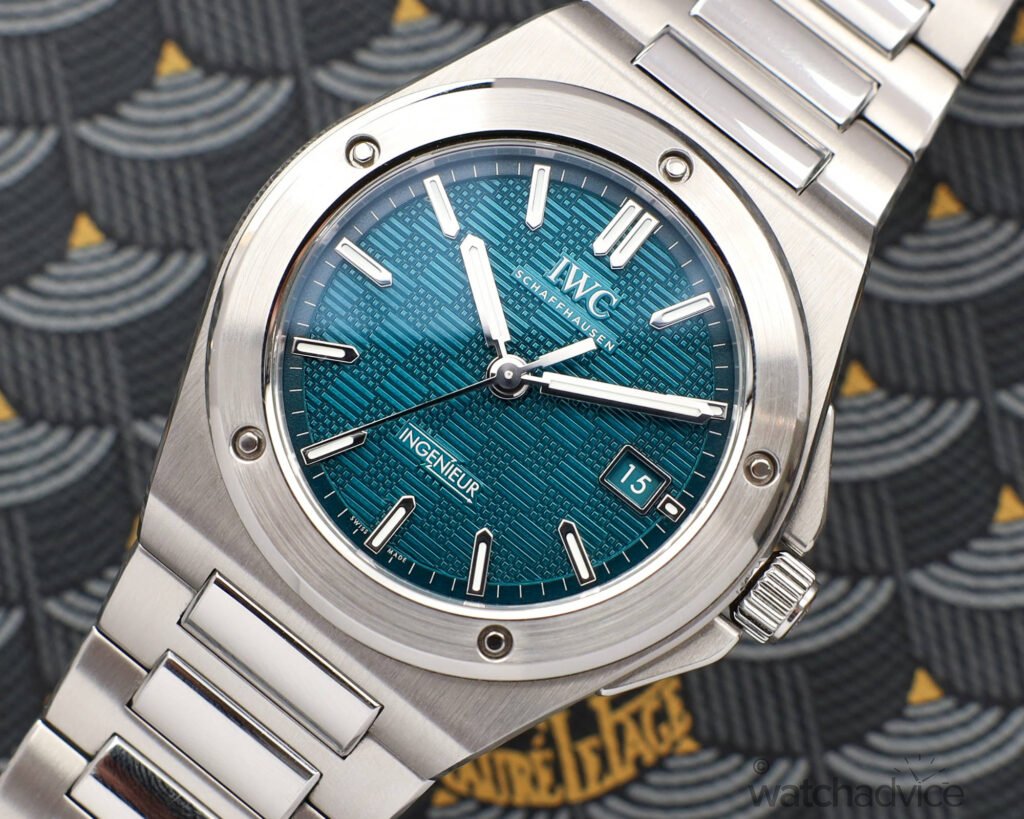
The teal green makes the finish more noticeable, whilst the white dial makes it more subtle. The only interruptions to the dial pattern are the glossy printed minute track and the two logotypes, ‘IWC’ and ‘Ingenieur,’ with the latter featuring the iconic lightning-bolt-shaped arrow. On the dial itself, the Ingenieur features baton hands, pointed rectangular indexes, and a surprising amount of lume – not the best, but a lot more than what I expected on a sports watch.
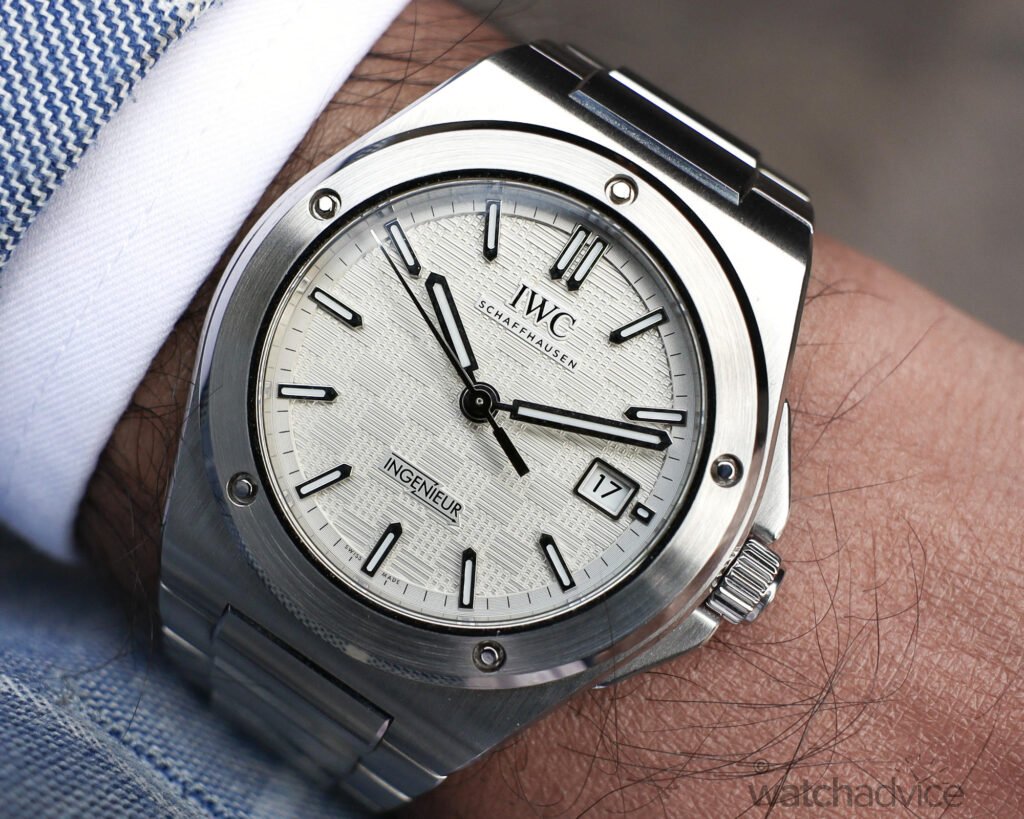
Moving on to the exterior, the Ingenieur’s bezel features circular brushing alongside polished screws and chamfering, drawing your eyes towards the dial. The case’s top, back, and flanks are all predominantly brushed, with polished chamfering adding an elegant touch. The crown, which is screw-down for 100m water resistance, is finished similarly to the case, accompanied by crown guards that rise up to meet it. While a screw-down crown isn’t that necessary for a 100m water resistance rating, it provides the watch with an extra sense of security and ensures that it doesn’t accidentally wind on-wrist.
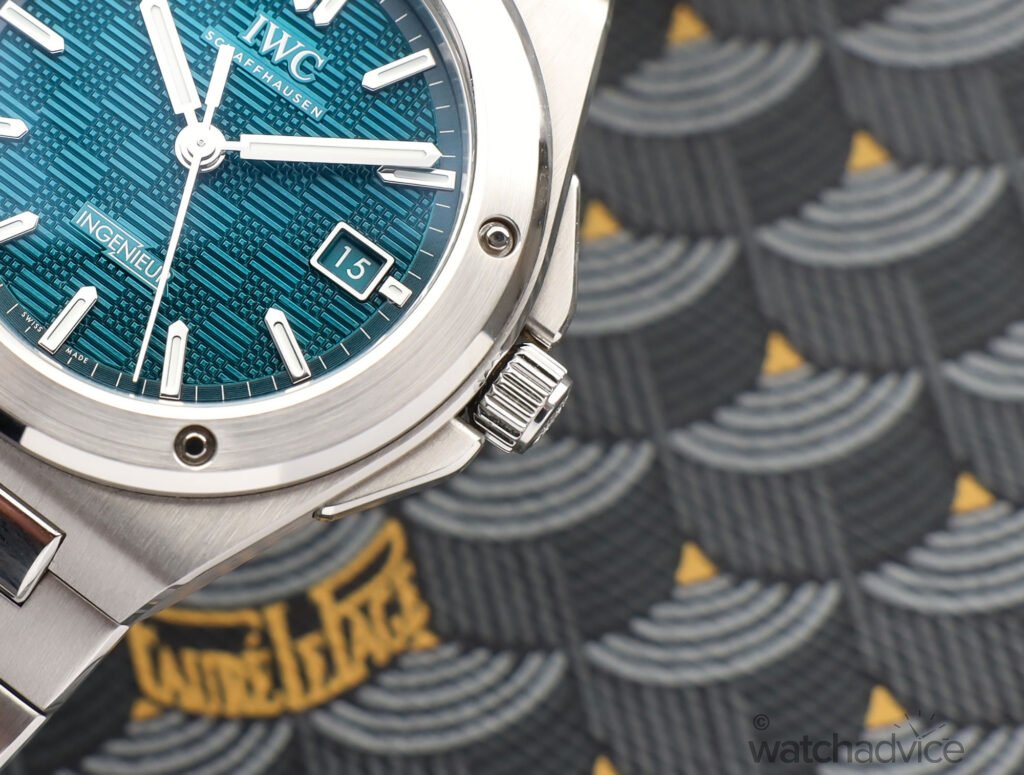
The ends of the case angle slightly upwards to meet the rounded end link, which is also polished for a more elegant and organic feel. The centre links of the aggressively tapering H-link bracelet also follow suit in this design, leading to a sequential butterfly clasp. One of the fun details I noticed is that the inside of the clasp features some hidden pearlage, which I have yet to understand why, but it is welcome nonetheless! Finally, the case back of the Ingenieur is closed, finished simply with a radial brush and the IWC info text along the periphery.
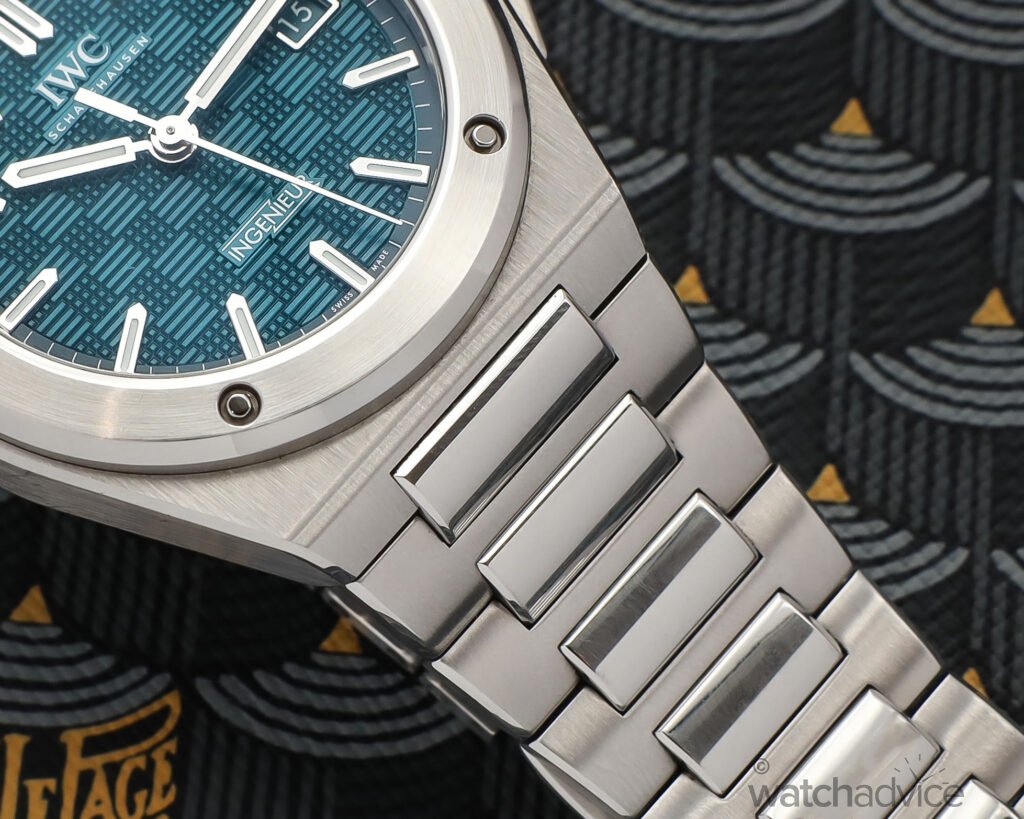
How It Wears
Like most integrated bracelet watches, I expected the IWC Ingenieur to wear larger and taller than its on-paper dimensions (40mm diameter x 10.7mm thickness) suggested. Spoiler Alert: It did!
However, it felt almost moulded to my wrist like a gauntlet. Rarely did I find that I wanted to take it off, except on the rare occasion when it felt too tight – an easy fix by just adding a link back in. According to IWC, this is an easy process thanks to their simple resizing system, but I never figured out the process on my own. However, Matt showed me how when the time came to hand it back: It involves the two brass pushers that come with the watch itself. I was wondering what those were for!
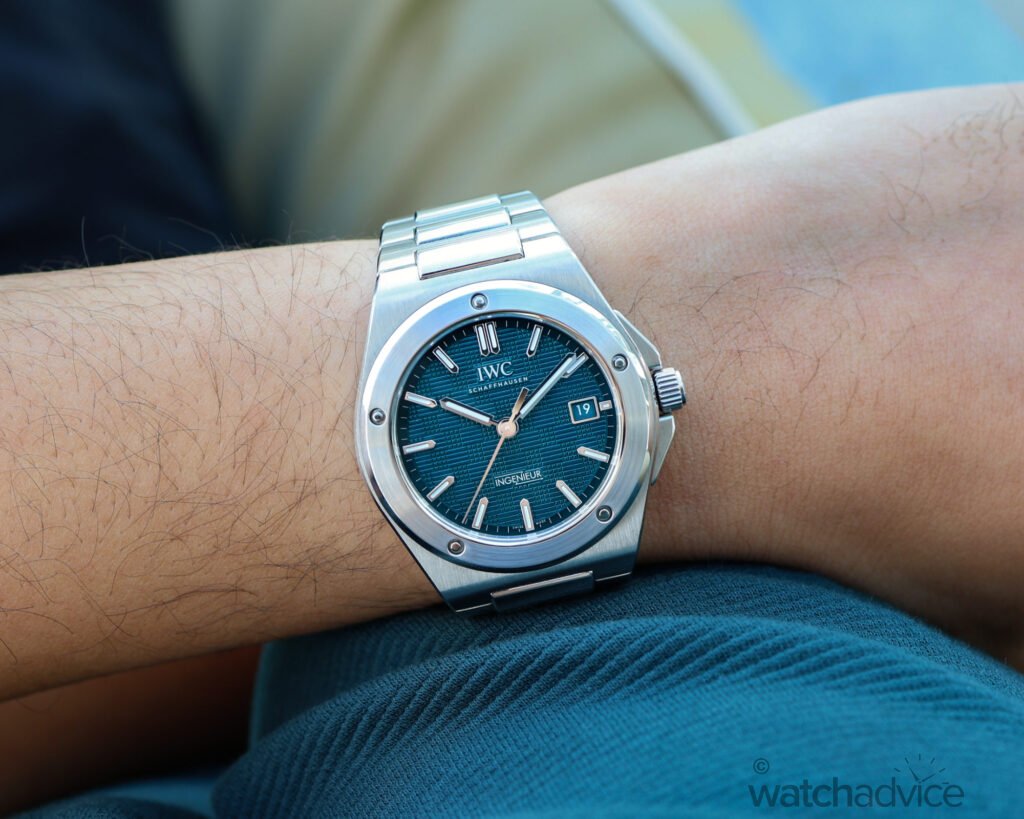
The butterfly clasp that comes with the watch is excellent in both aesthetics and application, although I’m not entirely fond of the sequential folding. It’s one of my pet peeves, as I almost always mess it up on the first go, like how you need to flip a USB over before plugging it in. But this is me, and after a few times putting the watch on and taking it off, I got the hang of it.
I also lament the lack of a micro-adjustment clasp, but I suspect the butterfly was done to preserve the design language of the Ingenieur, but again, a small quibble that’s more a general statement to most butterfly clasps on integrated sports bracelets. It doesn’t mean there isn’t an option for one, though! IWC has offered the ability to change the clasp to a micro-adjusting one, but it’s subject to whichever boutique or AD you talk to. I’ve not found a clear answer on this one myself, but it wouldn’t hurt to ask.
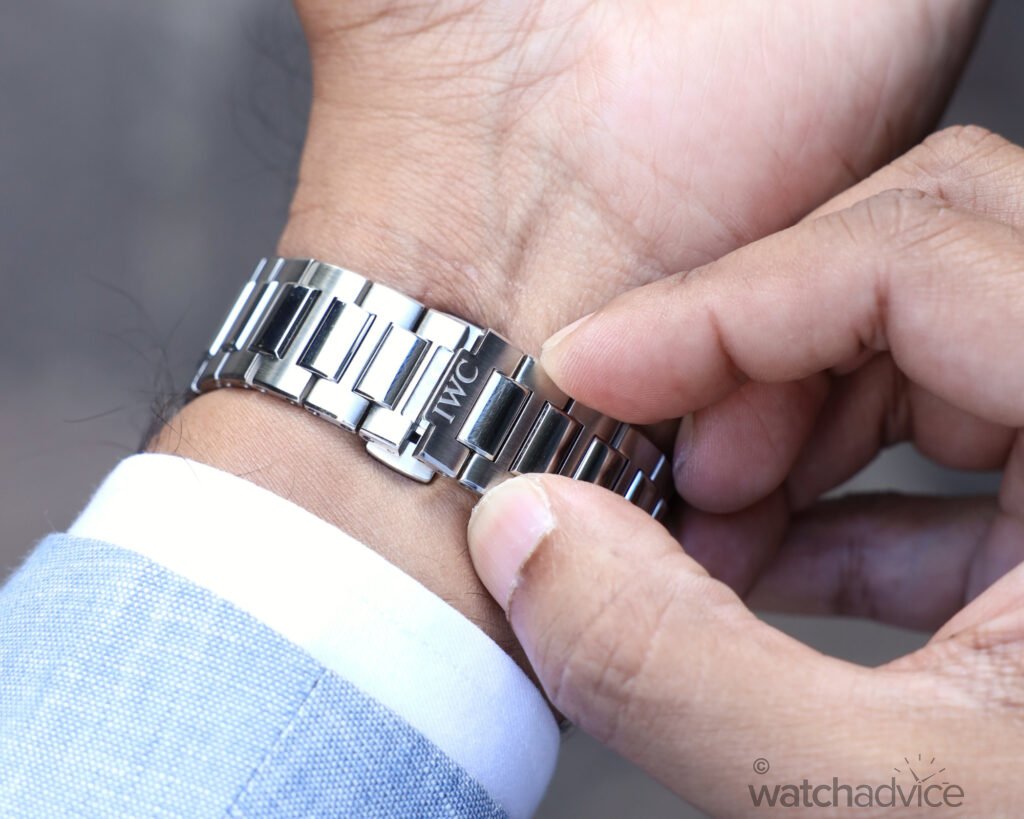
As it’s winter here in Australia, I’ve mostly worn the Ingenieur with a hoodie, but styling isn’t an issue for integrated bracelet sports watches. It seamlessly transitions from formal suits to casual wear – I don’t think I’ve worn a more versatile piece than this! No quick-release straps for this one, but it’s to be expected as there aren’t currently any other strap options available for this piece. Integrated bracelet pieces can be tough to customise, considering they usually have proprietary bracelet systems, but it would be nice to slap this one onto a colour-matched waffle rubber strap just because.
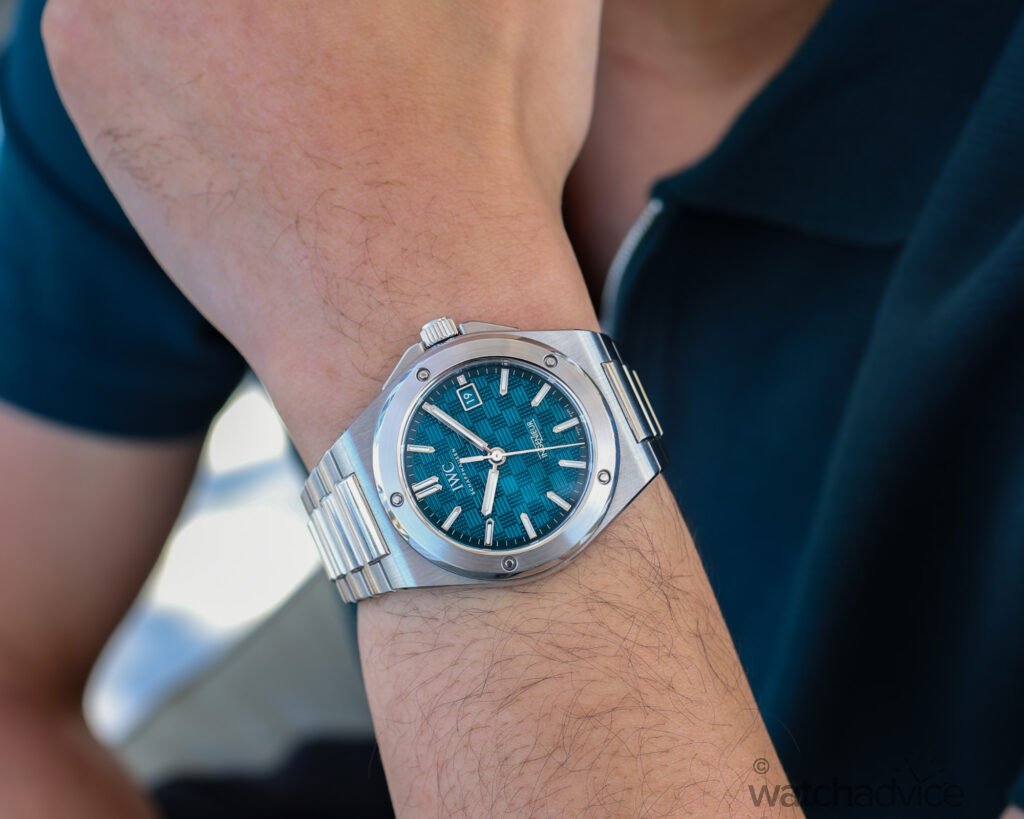
I also think that this watch could possibly wear quite unisex. I would love to see IWC make a smaller rendition for the female (and smaller-wristed) crowd in 37mm, for example. My girlfriend did say that the Ingenieur looked “really pretty” on me, and she is studying to be an engineer. Do what you will with that info, IWC – that’s an untapped market right there.
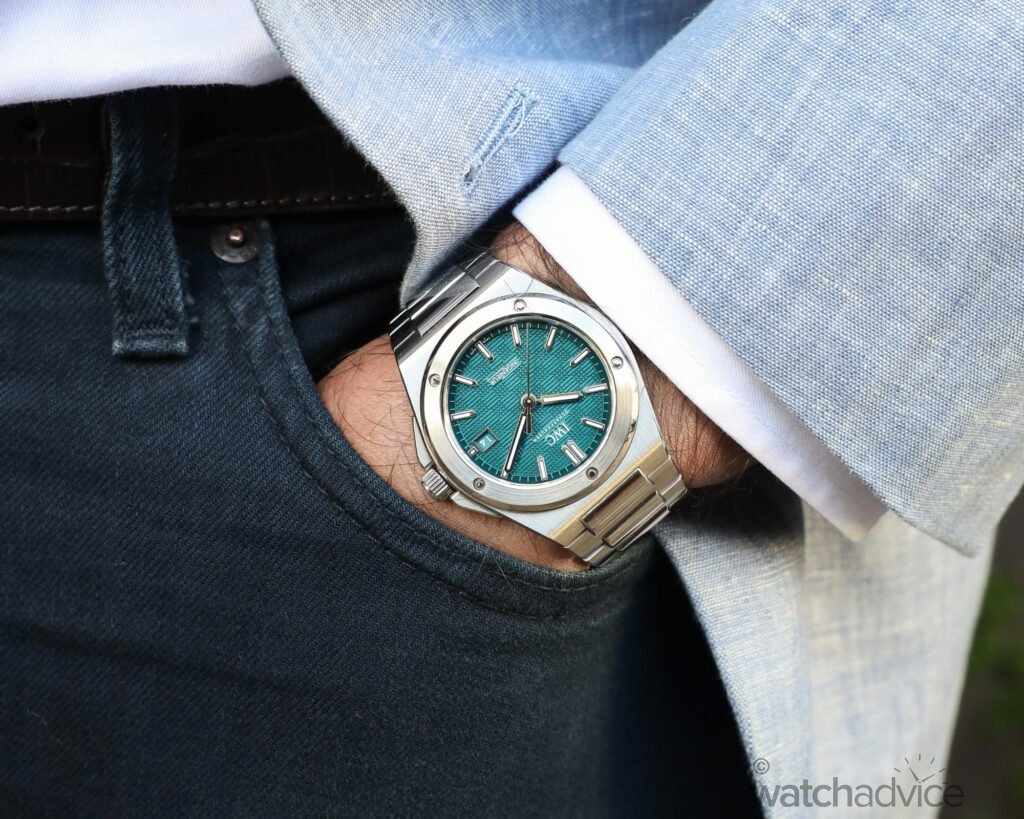
The Movement
Powering the IWC Ingenieur is the In-house automatic Calibre 32111. The movement itself is produced by the manufacturing arm of IWC’s parent company Richemont, Manufacture Horlogère ValFleurier (not to be confused with Vaucher Manufacture Fleurier, who makes movements for Hermès and Audemars Piguet), and ticks away at 4Hz (28,800vph) backed by a mighty 120 hours’ worth of power reserve.
While the movement isn’t visible through a display case back of any kind, it’s understandable given the Ingenieur’s history as a rugged and protected watch. It’s a great movement on paper, as 120 hours (five days) worth of power reserve means that even once-per-week wear won’t see the watch stopping anytime soon.
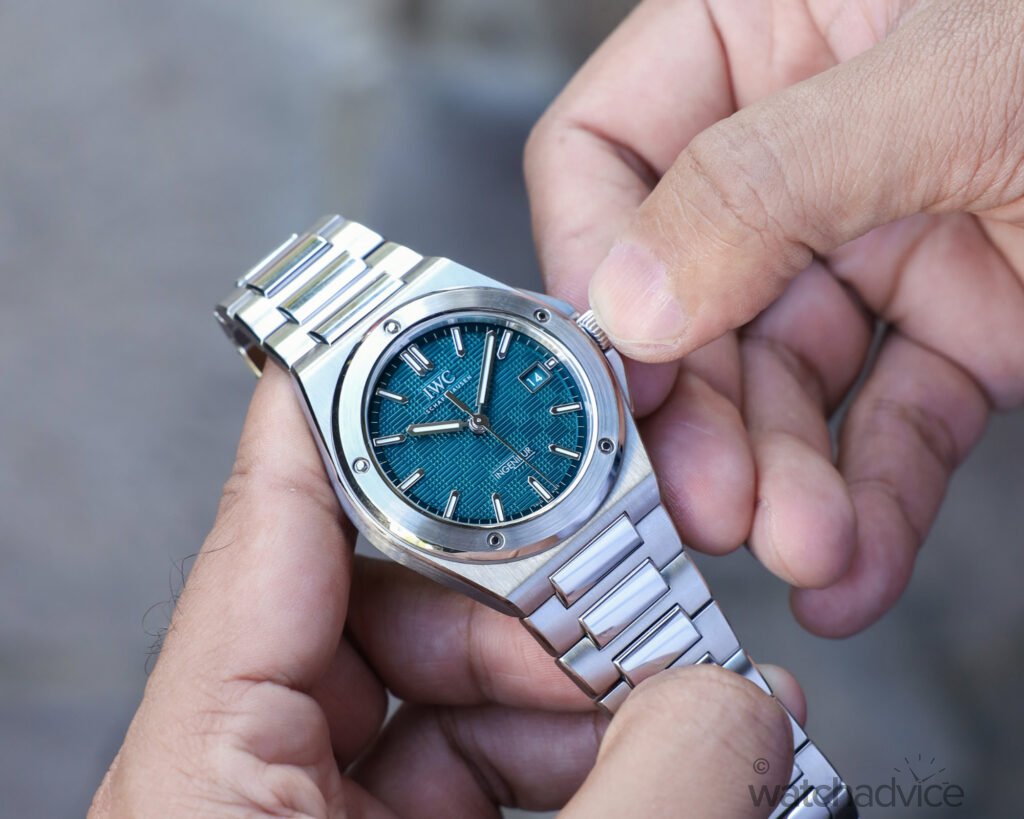
Even though the movement is technically not “in-house” it is a tried and tested movement, which IWC has tinkered with and made even more reliable, as evidenced by its long power reserve. It would be great to see this maybe COSC certified in the future, but in any event, it certainly does not take away from the joy of the piece! One suggestion, which I will put out there is this. Genta’s other time-only pieces, the Nautilus and Royal Oak both have (now) display casebacks. So why not the Ingenieur? If so, it would put it in a class of its own for the price point, with its Genta cousins being 3-5 times the price at retail. Oh, and you can actually buy this piece from a boutique, which is another plus for me!
Comparatively speaking, the AU$15K-AU$20K price range is also exceptionally fierce. Zenith and Chopard, for example, come in hot with their integrated bracelet offerings around that price point. That being said, the clarity of design and craftsmanship are present in both, however, they do not share the same level of horological reputation as the Ingenieur.
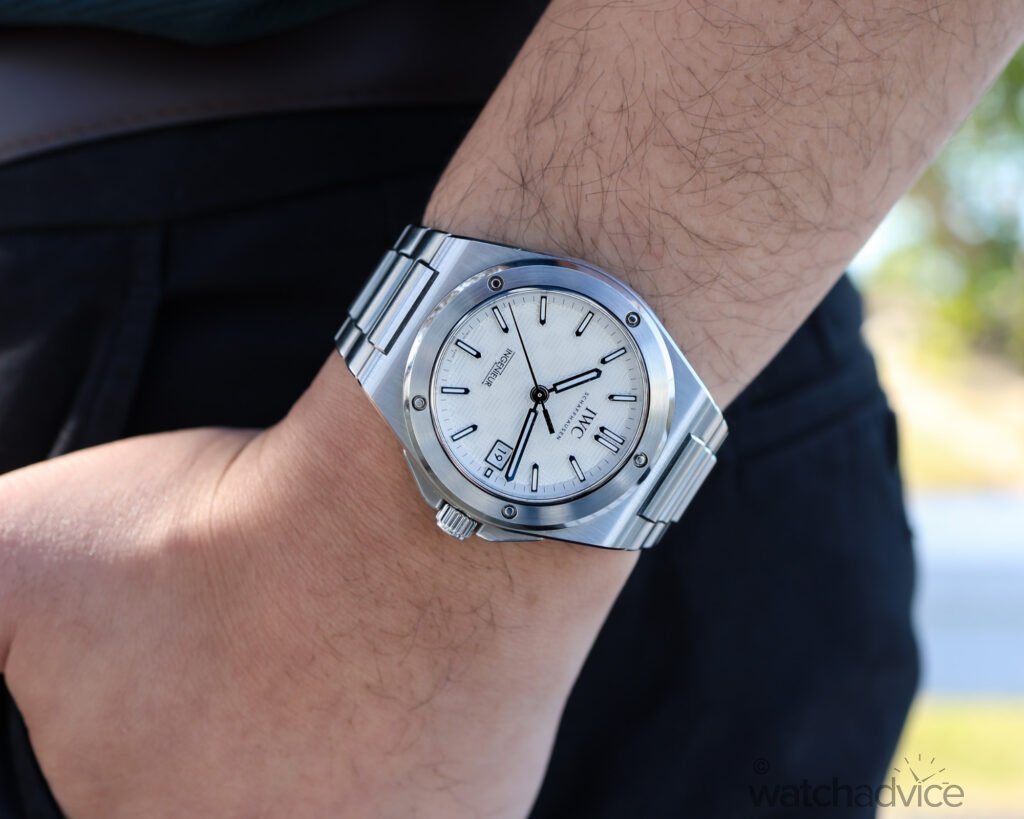
Final Thoughts
The IWC Ingenieur is a beautiful watch and let’s face it – practically anything Gerald Genta touched turned to gold. The design is brilliant – Despite being in a niche positively oversaturated with timepieces, it still finds a unique place for itself, which is something you can’t say for other brands as much.
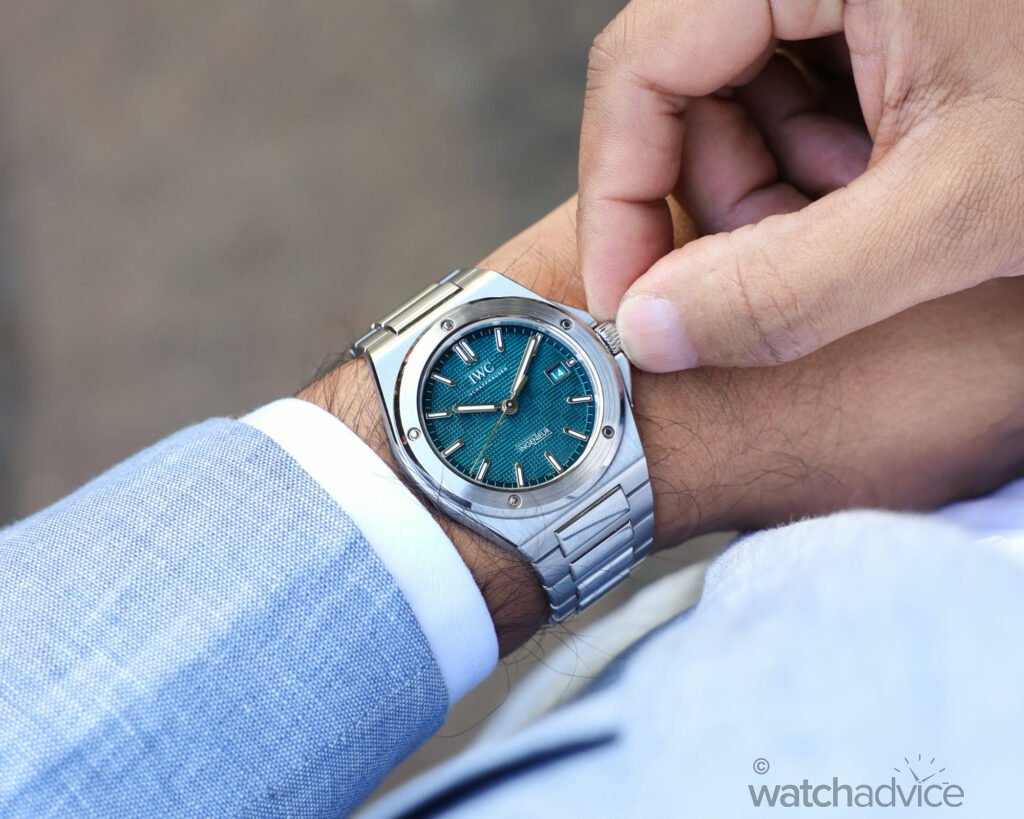
IWC’s movement game has come a long way over the years, and perhaps examples like this year’s releases at Watches & Wonders are a testament to that, like the Portugieser Eternal Calendar Moonphase. Yes, the IWC Ingenieur has had its detractors regarding the movement, but I say this to those – why does it matter? Many brands at much higher price points use movements that are not truly in-house, and at the end of the day, movements that have been used and improved on over many, many years are in some ways better. Just like in Formula 1, some brands use the engines of those that have the knowledge and expertise, which in turn saves them time and money which they can use to funnel into other areas, and for me, the Ingenieur fits this category.
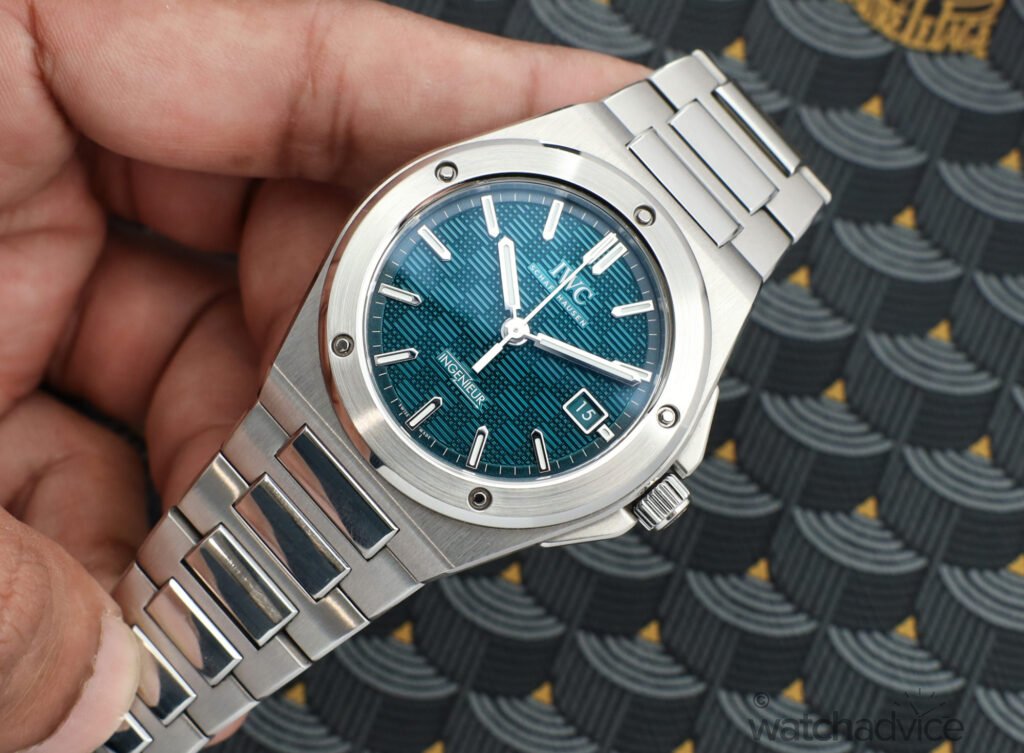
Overall, the IWC Ingenieur has spent considerable time on my wrist, and I’ve enjoyed going back and forth between the green and white dials. Integrated bracelets have always fascinated me, and they look great and wear comfortably doing so. I get the appeal of IWC and its pieces more so now than ever, and I also now see why this was such a celebrated release from IWC last year. It’s certainly a piece you need to try on for yourself to see…
References:
- Teal Green: IW328903
- White: IW328902
- Black: IW328901
Specifications
- Case Size: 40mm case diameter x 10.7mm thickness
- Case Material: Brushed and polished Stainless steel
- Dial: Teal green, white or black with a checkerboard pattern
- Water resistance: 100m (10 Bar)
- Movement: Automatic Cal. 32111 movement
- Movement Frequency: 4Hz (28,800 VpH)
- Power reserve: 120 hours (5 days)
- Bracelet: Stainless steel with sequential butterfly folding clasp


